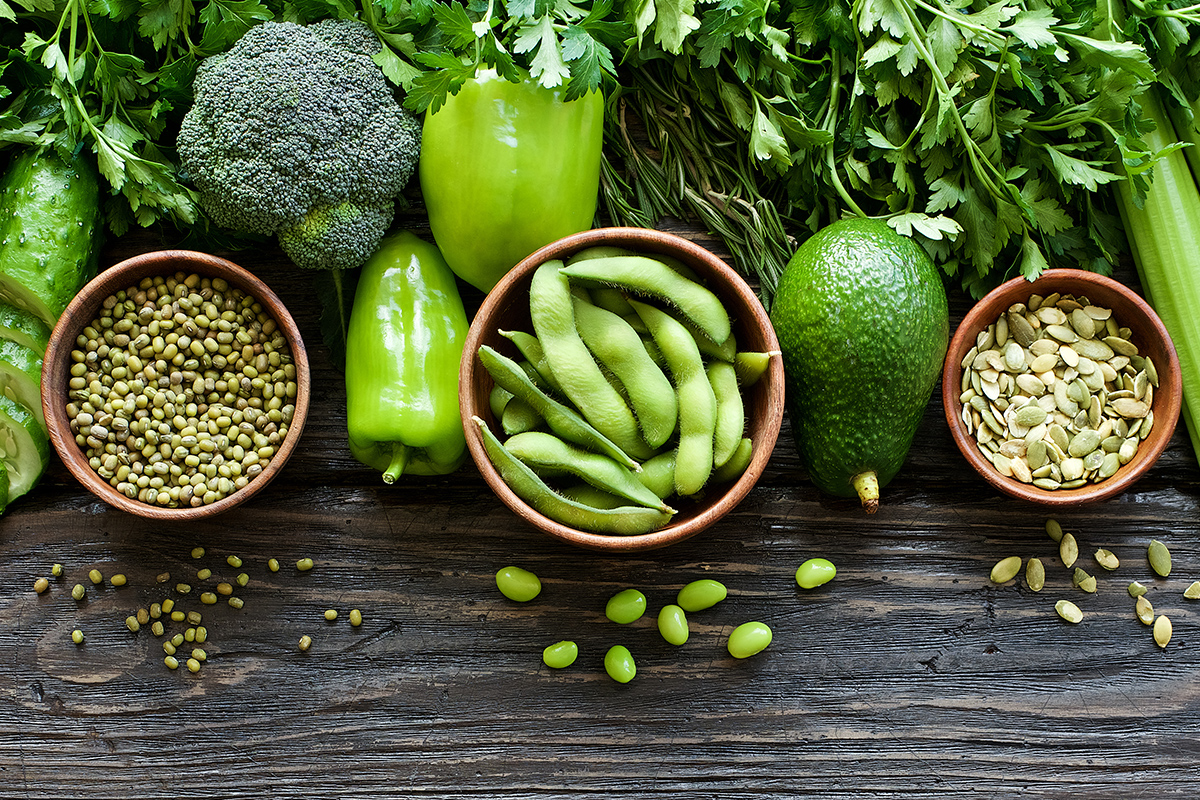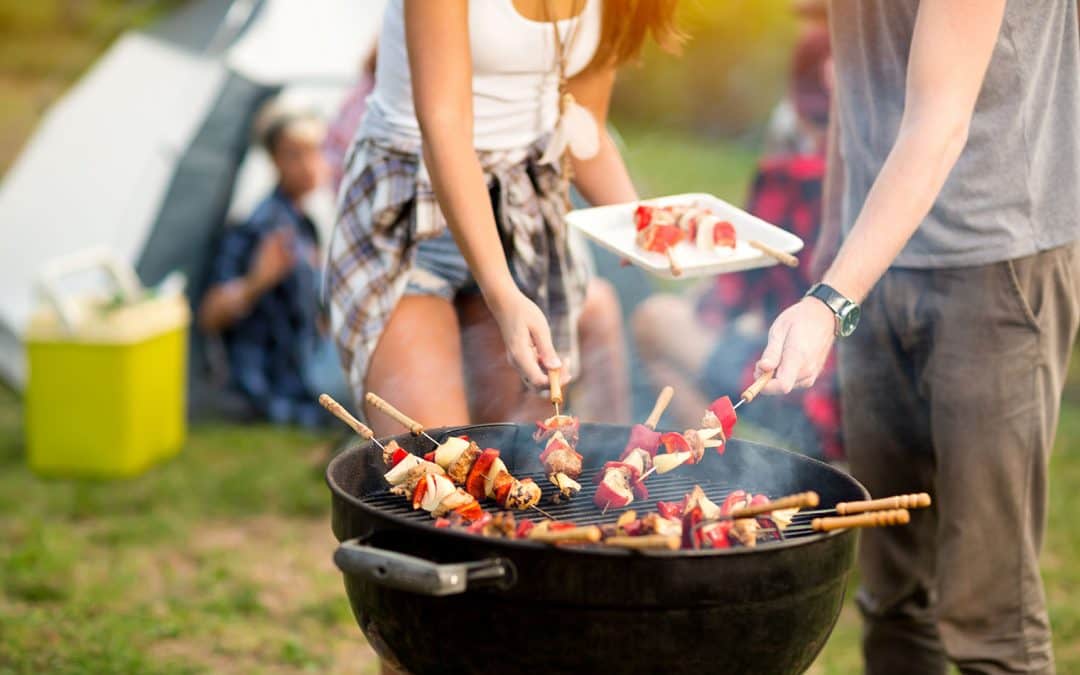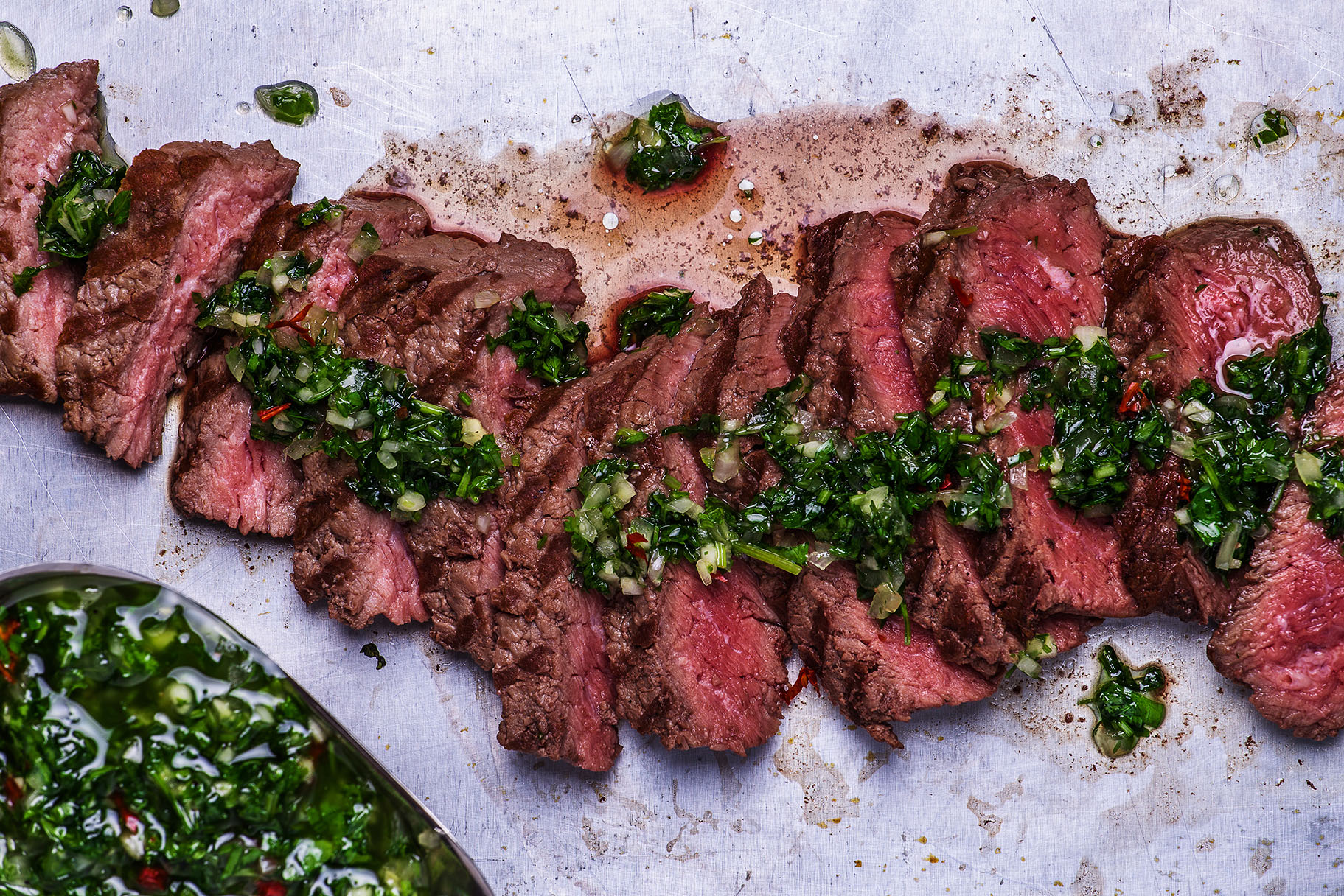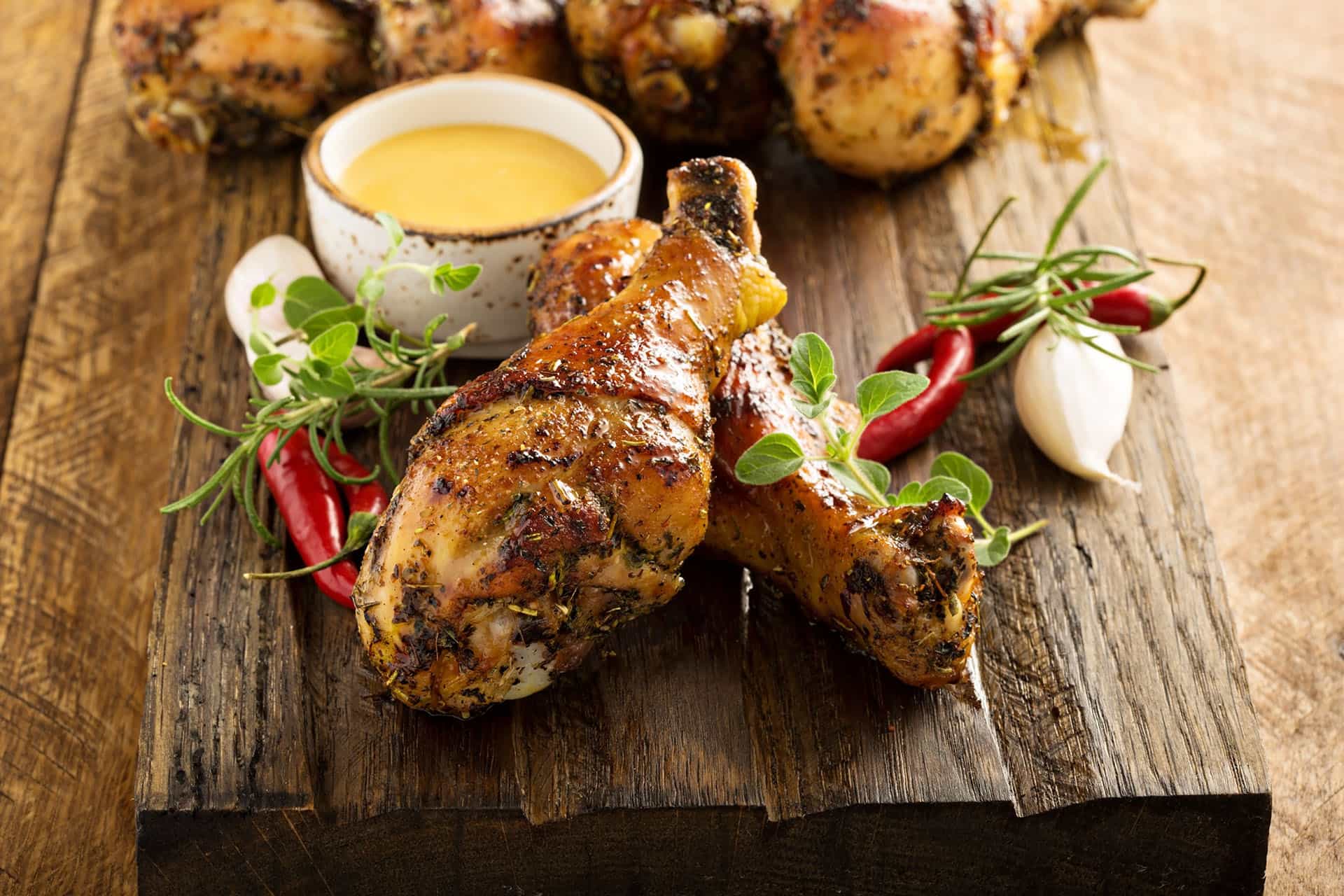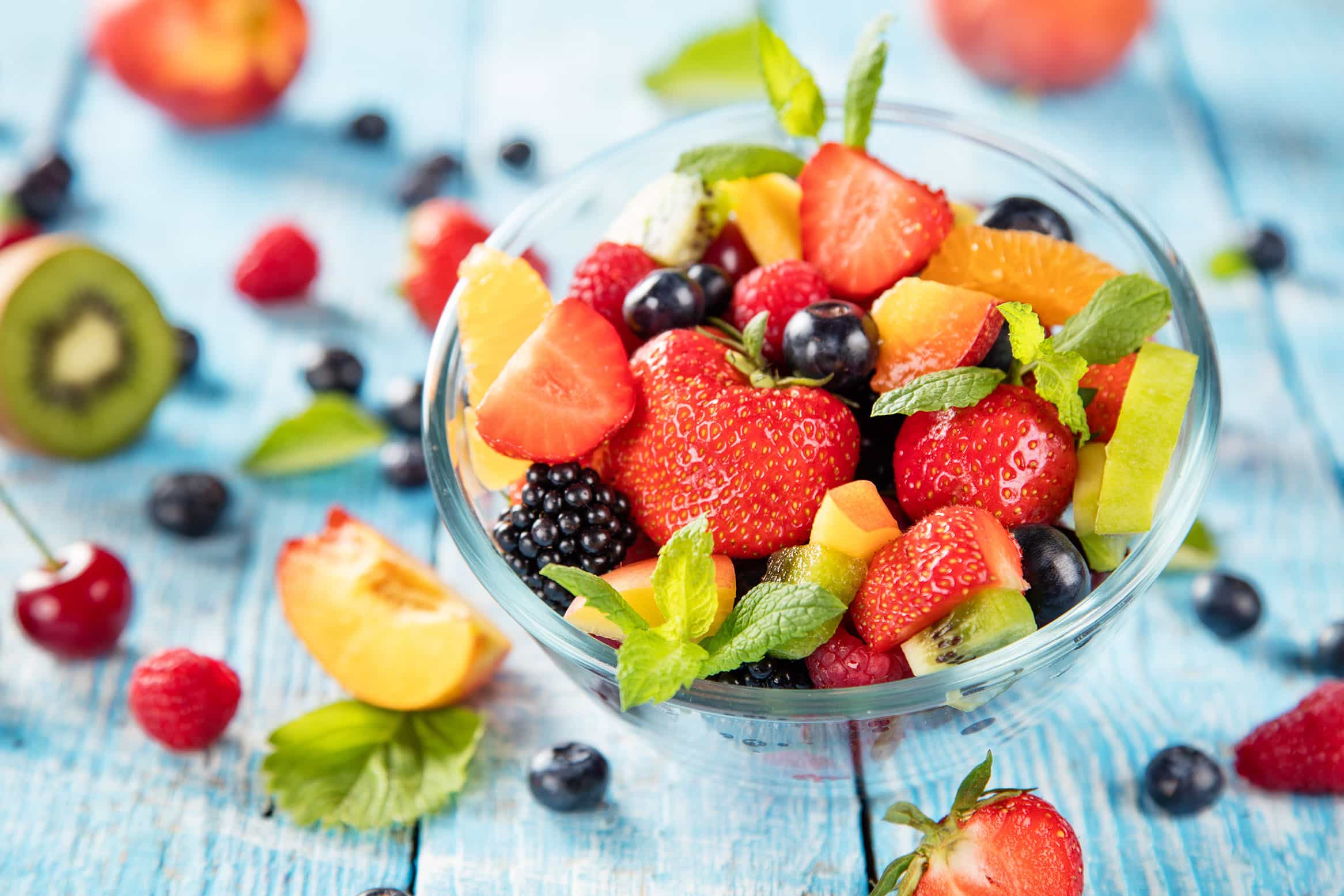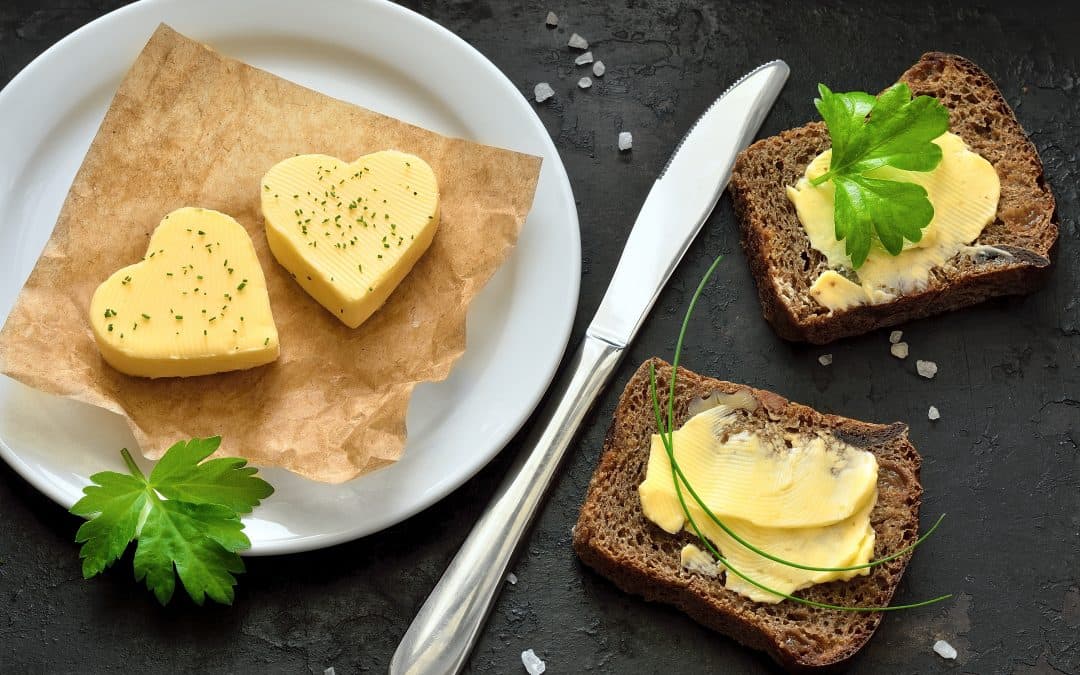Trends can be hit or miss. We’re looking into 10 trends that are expected to have a positive impact this year. This is what you can expect for 2020!

Protein Percentages for Seniors | Q+A

Question:
What percent of protein a day should seniors (over 65) be eating? I am female, if that makes a difference, and do cardio, weights, and yoga/Pilates classes.
– Carole H.

Answer:
Hello Carole, I’m hoping your question is about what percent of calories should come from protein.
Seniors should consume about 1.0 gm protein per kilogram of body weight daily. This is higher than the recommended 0.8 gm/kg for other healthy adults for two reasons: a greater need for maintaining lean mass and slightly diminished protein digestion/absorption. Since protein has 4 calories per gram, your requirement equates to a set number of calories, but the percentage this makes up of your total calories will depend on how many you take in.
If you were 130 pounds, you’d need (divide pounds by 2.2 to get kilograms) 59 grams of protein. These 236 calories would be 12% of a 2000 Calorie diet, but 20% of a 1200 calorie diet.
– Debbie J., MS, RD
Protein for Fitness: Age Demands Greater Protein Needs. Densie Webb. Today’s Dietitian. April 2015 Issue, Vol. 17 No. 4, P. 16
Seniors — Beef it up to prevent muscle loss. Jennifer K. Nelson. WebMD. May 1, 2015
Some questions have been edited for length and/or clarity.
Want more? SUBSCRIBE to receive the latest Living Healthy articles right in your inbox!
Ask our Dietitian
 Have a nutrition question? Our registered dietitian is ready to help!
Have a nutrition question? Our registered dietitian is ready to help!
Email nutrition@lafitness.com or submit your question below and it may be featured in an upcoming article!
Recommended Reading
What to Do When Weight Loss Stalls | QA
Debbie James, RDN, helps answer a reader’s question about what to do when weight loss hits a standstill, even though you’re doing everything right.
Understanding Yoga and Meditation – Podcast Ep. 37
On this episode of the Living Healthy Podcast, we are joined by LA Fitness Yoga Instructor, John Lyman, to discuss what it’s like to practice Yoga.



